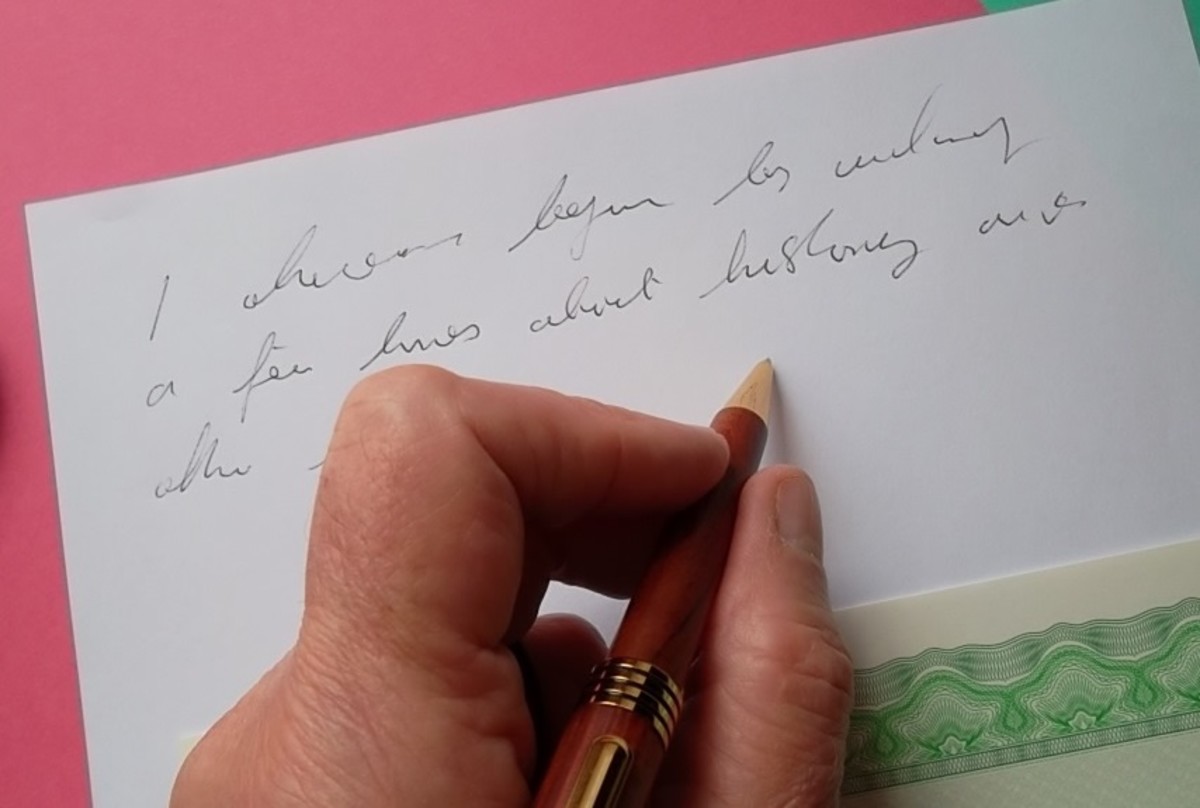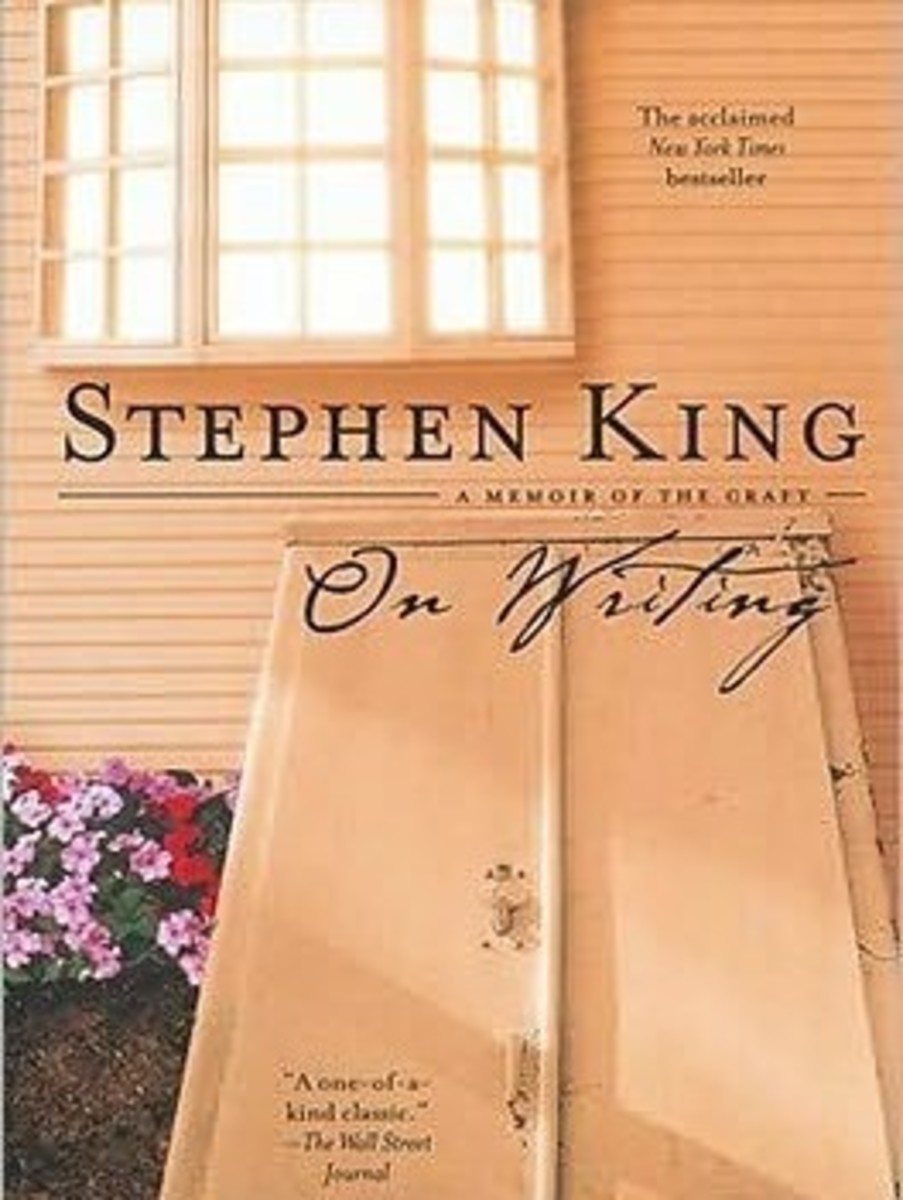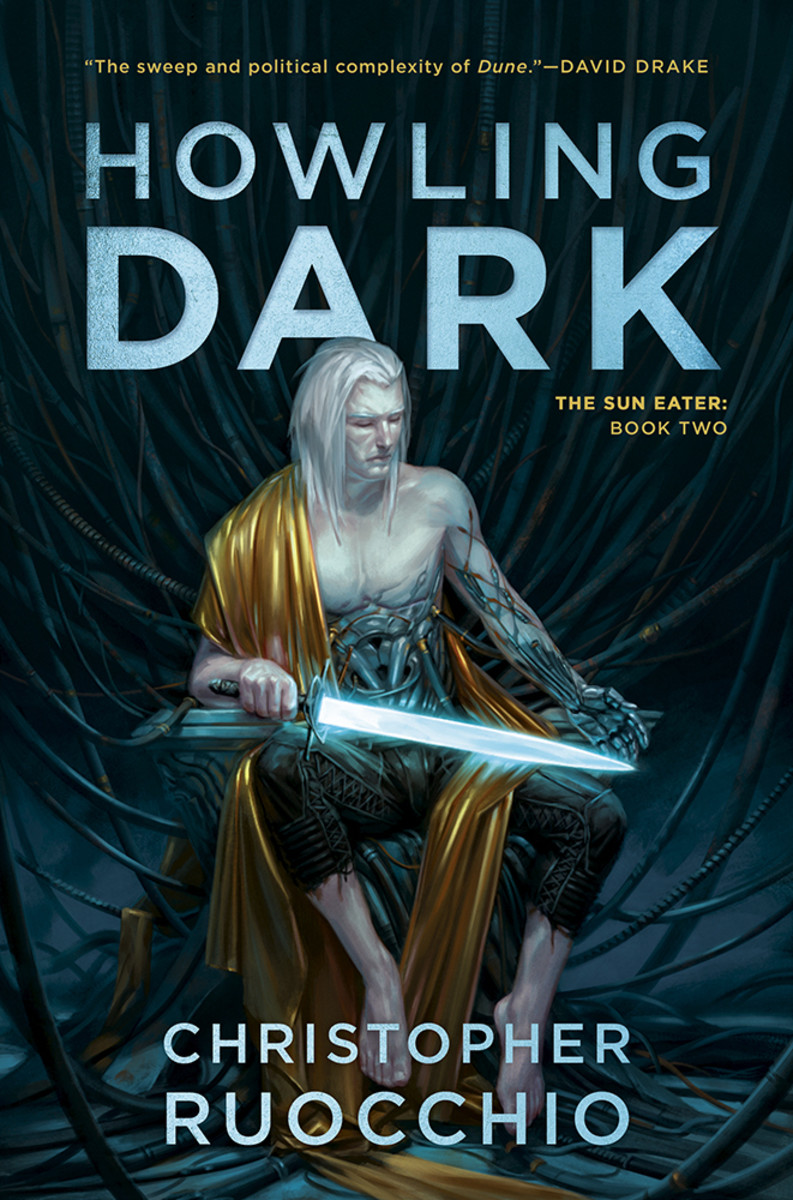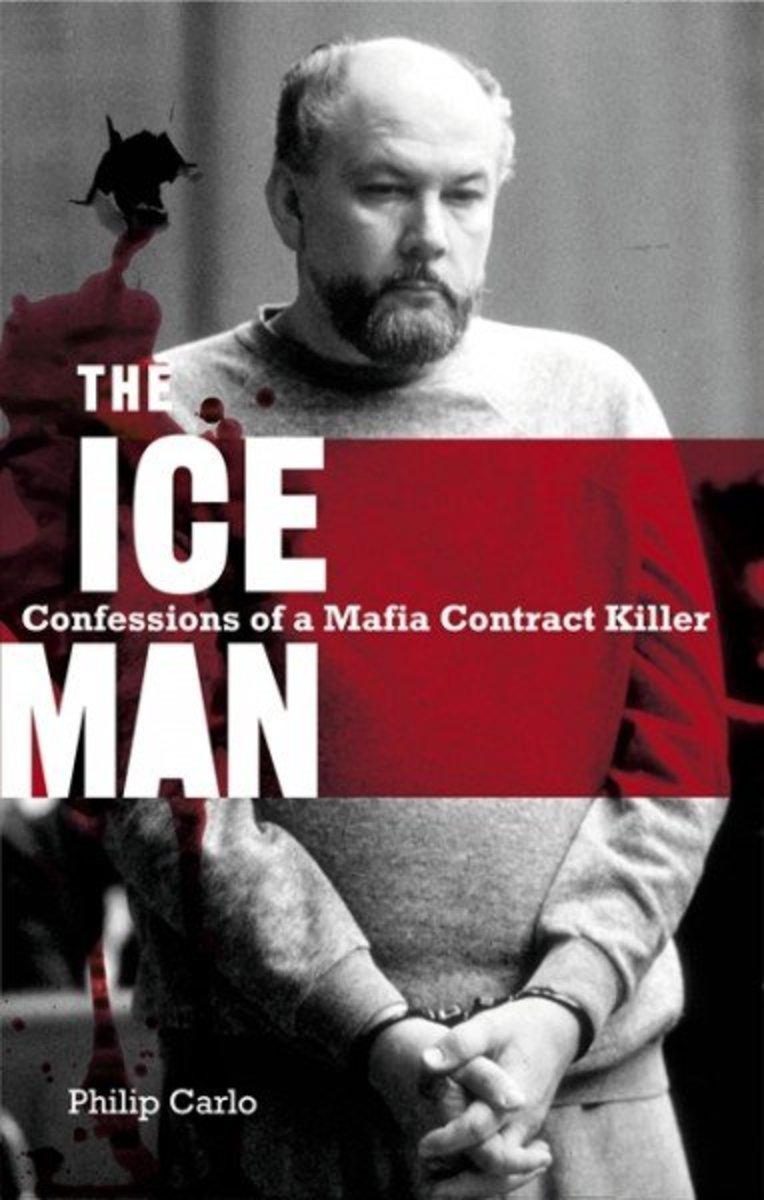- HubPages»
- Books, Literature, and Writing»
- Books & Novels»
- Nonfiction»
- Biographies & Memoirs
10 of My Favorite Memoirs
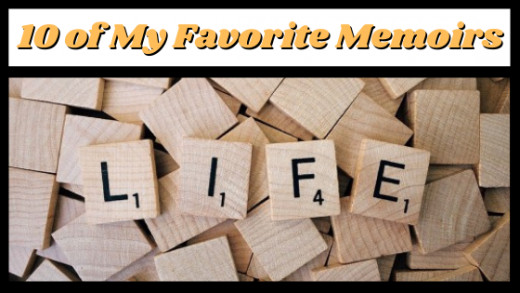
What Makes a Good Memoir?
Memoirs, aside from being entertaining, can teach so much to its reader. A good memoir is organized in a creative way, follows a specific theme, and tells you a lot about the writer without the dry, structured format of a biography.
Sometimes they are about famous people. Other times, they are just about people who have led interesting lives and have important wisdom and life experience to pass on. Below are 10 of my favorite memoirs.
On Writing Book Cover
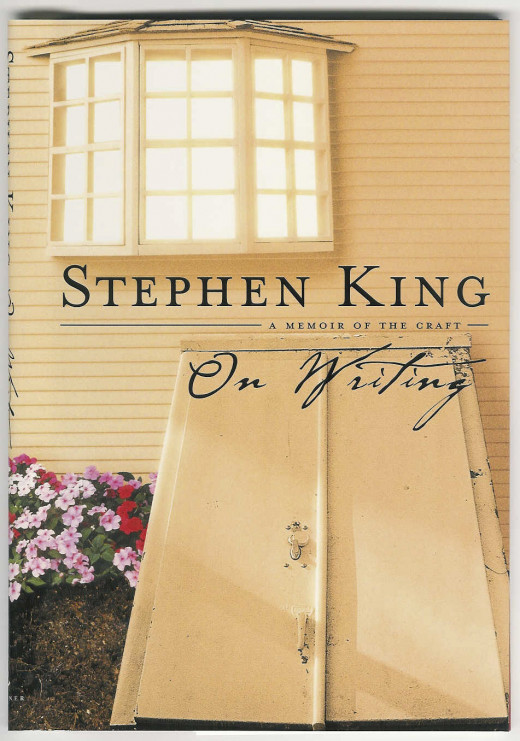
1. On Writing: A Memoir of the Craft by Stephen King (2000)
Synopsis
This is book is half memoir, half writing guide. King spends the first part of the book reflecting on his childhood and early writing career, including the first self-published short stories that he sold to classmates, his first stories published in magazines, and the surprising success of his first novel, Carrie, which came at a crucial time in his life.He also describes his battles with alcoholism, reflects on his teaching career, and mentions other ups and downs in his life.
In the second part of the book, King provides basic writing tips from basic writing mechanics to his daily writing routine. It gives fellow writers a crash course on sharpening their writing skills and educates non-writers about the writing process. It might even inspire them to do some writing of their own.
Notable Section
King brings his signature horror style to the book in describing a chronic ear problem that he had as a kid which required multiple trips to the doctor. There, his physician would stick a syringe in little Stephen’s ear to suck out the infection. The trauma of this event, boosted by King's signature gory, descriptive style makes this chapter as disturbing as any fiction that he has manifested in print.
Buy a copy of On Writing here!
Still Me Book Cover

2. Still Me by Christopher Reeve (1998)
Synopsis
Even now that he is gone, people see actor Christopher Reeve as a true hero, but in his memoir, Reeve gives you good reason to admire him beyond the image of the red boots and cape. Still Me skips around, highlighting notable events that took place both before and after his tragic horse riding accident in 1995 that left him completely paralyzed for the rest of his life. He shares memories from his days at the Julliard School where he studied acting and then goes on to reminisce about stories from the sets of his films as well as his beloved stage work.
Reeve also touches on details of his personal life, including fatherhood and marriage, and then delves into life after the accident, both positive and negative. He relives his days of rehab and its minor but significant accomplishments of learning how to breathe without a respirator and gaining slight movement in one of his fingers.
He also touches on his quest to further spinal cord research and the day-to-day struggles that he faced just to get through a day. The moral of his story shows how unpredictable life can be and how to make the most of your life, stretching your potential to its boundaries, despite your limitations.
Notable Section
Reeve’s explanation of his typical bedtime routine really got to me. It makes you feel fortunate even on your worst day to be able to dress yourself, brush your teeth, and use the bathroom on your own. It also makes you admire his ability to share these helpless moments while maintaining his dignity and positivity while still recognizing it as an embarrassing and demeaning situation.
The Diving Bell and the Butterfly Book Cover
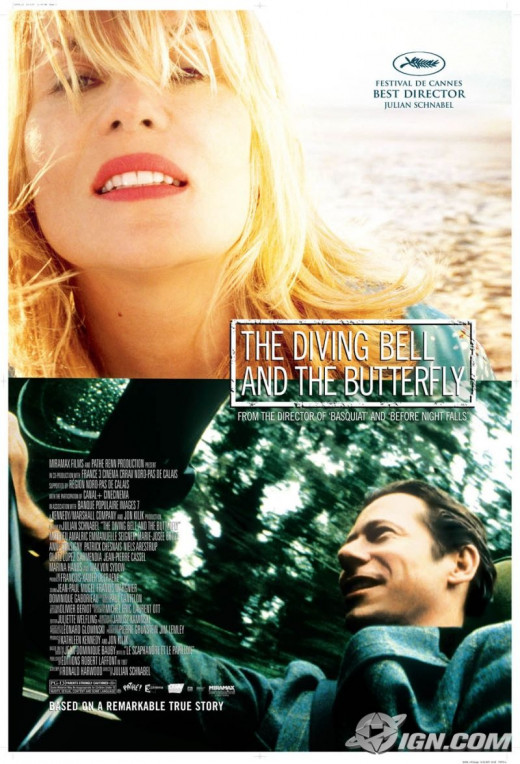
3. The Diving Bell and the Butterfly by Jean-Dominique Bauby (1997)
Synopsis
Just like Christopher Reeve’s book, anyone who says that they can’t write will not be able to say that after reading this book. In 1995, Jean-Dominique Bauby, the editor of Elle magazine, suffered a massive stroke that left him so paralyzed that he couldn’t even speak.
Learning to communicate through a series of blinks with his left eye, Bauby dictated his memoir letter by letter, giving readers an insight into his life before and after his stroke. His chapters consist of short little snippets of his life. Still, he has a large life to reflect on, and this book gives him back his voice, his ability to share his emotions and his need to rejoin society, even if non-verbally.
Notable Sections
Despite his glamorous life as a big time magazine editor, it is the quiet moments from his hospital bed that stuck with me. How does one survive staring at a ceiling or a TV set all day? Bauby manages this better than I ever could. Sadly, he passed away two days after his book was published.
The Glass Castle Book Cover
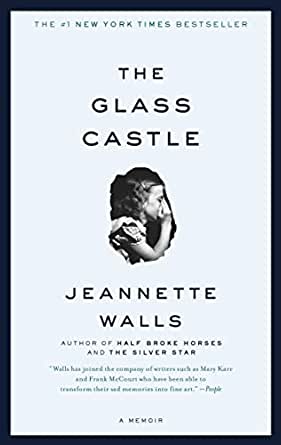
4. The Glass Castle by Jeannette Walls (2005)
Synopsis
The Glass Castle is a book that I cannot put down every time I read it. Journalist Jeannette Walls revisits her childhood, growing up with two unconventional parents who moved her family across the country whenever it was time to do the “skedaddle”.
They lived all over, from the deserts out west, to the streets of New York City. Sometimes they lived comfortably. Other times, the children ate out of dumpsters when Mom couldn’t be bothered to cook and Dad couldn’t control his drinking enough to afford groceries.
Still, it’s funny and adventurous more than it is sad and heartbreaking. This is the way it was, and Walls made the most of it. Throughout the text, you can see her sorting out the life lessons and experiences that shaped the adult she grew into, both good and bad.
Notable Chapter
In Section II of the book, Walls tells of her earliest memory. At three years old, she attempts to cook herself some hot dogs for lunch (with her mother’s distracted permission), and ends up spilling a pan of scalding hot water on herself, permanently scarring her. After her reluctant mother takes her to the hospital to receive skin grafts, her family shows up at the hospital one day, runs her out of the room, and takes off to avoid paying the bill.
Buy The Glass Castle here!
My Life in France Book Cover
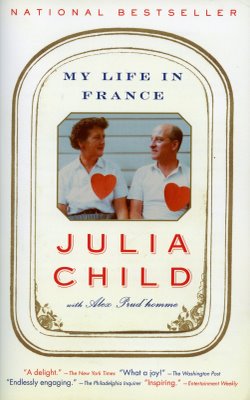
5. My Life in France by Julia Child with Alex Prud’homme (2006)
Synopsis
It may sound like you’re going to be reading about the host of a PBS Cooking Show, and you are, but mainly, My Life in France follows Child's early years, learning how to cook in France and eventually writing a French cookbook with her friends, Simone Beck and Louisette Bertholle. Their efforts resulted in the best selling, Mastering the Art of French Cooking, which was published in 1961.
Child details both the fun and the obstacles that she encountered while writing and publishing this book. In this way, it is more about the writing process and the struggles of getting published, especially when selling such an unconventional book. It also makes you crave the buttery, elaborate French food that is described in its pages.
Notable Chapter
Julia describes the experience of eating her first French meal after stepping off the boat in Paris. She and her husband, Paul, dine on oysters, rye bread with a Beurre de Charentes spread, sole meuniere, salade verte and fromage blanc for dessert. Every flavor and texture is described in enthusiastic detail.
Tender at the Bone Book Cover
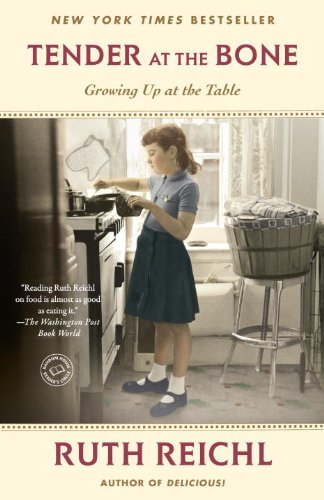
6. Tender at the Bone: Growing Up at the Table by Ruth Reichl (1998)
Synopsis
Tender at the Bone is another book about food, though in this case, the author, a New York Times food critic, uses recipes that she has learned to tell her life story. Reichl is another writer who has lived so many different lives and has many interesting stories to tell.
She also has a lot of pain to share, including dealing with her mother’s mental illness, coping with change, and fighting with her own anxieties. The book is littered with complicated recipes that you want to try but are content for now to lead you to the next phase of Reichl’s young, food-driven life.
Notable Chapter
In the middle of the book, Ruth’s mother enrolls her in an all French-speaking school in Montreal during her middle school years. Just when it seems like she’ll never adjust, Ruth begins to adapt to the customs and language at the school by befriending another student. Eventually, she begins to speak the language and grow comfortable in this new life to the point where she doesn’t want to go home.
Girl, Interrupted Book Cover
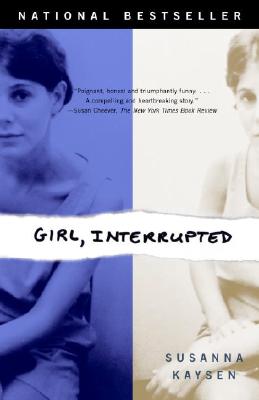
7. Girl, Interrupted by Susanna Kaysen (1993)
Synopsis
I don’t usually like to read books if I’ve already seen the movie, but this book is much different from the 1999 film. Girl, Interrupted is told in disconnected chapters, describing the two years that Kaysen spent at McLean Hospital after being diagnosed with borderline personality disorder following a suicide attempt.
Some of the dramatic moments from the film turn out to be completely fabricated or presented in a different context from Kaysen’s memoir, but the message is the same. What is it that labels a person “crazy” and worthy of being locked up in an institution until they are deemed mentally stable?
Kaysen explores this in her book as a recovered patient of McLean. She recounts stories about herself and her fellow patients and sharing both funny and horrific stories about her life before, during, and after her two year stay.
Notable Chapter
After a fellow patient is released, Susanna has a breakdown and attempts to pull off the skin in her hand, believing that the bones beneath her flesh have disappeared. It’s a horrific story that makes you see how out of touch with reality she was and how being out of touch with one's emotions can make you act out physically.
My Movie Business Book Cover
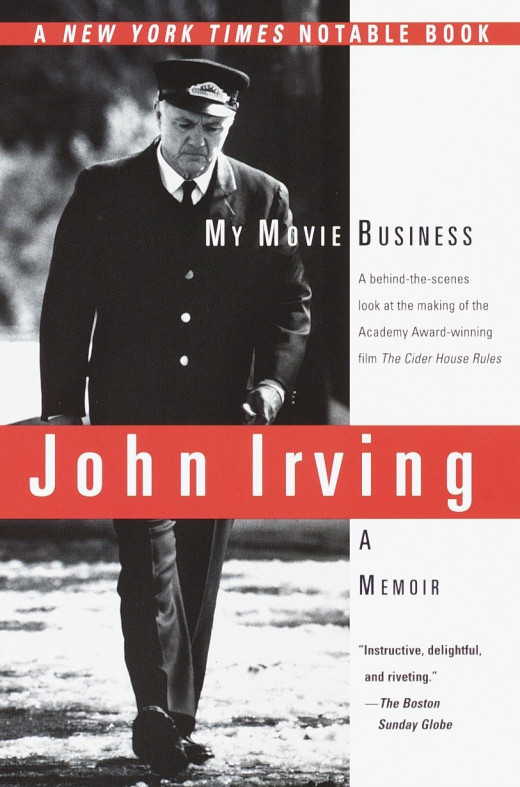
8. My Movie Business by John Irving (1999)
Synopsis
In his memoir, My Movie Business, writer John Irving explains the process of bringing his novel, The Cider House Rules to life on the big screen. Despite being a successful novel, the screenplay was not an easy to sell to studios, going through several companies, scripts and directors before finally being made into an award-winning movie.
Irving goes through the script changes, disagreements, and casting challenges that occurred throughout the making of the movie. It shows just how involved the process of making a movie really is and how success in the book world does not mean immediate success in the film world. However, Irving’s experiences in both genres turned out well.
Notable Chapter
In discussing the research that he did for the book, Irving provides some little known facts about the history of abortion, including the fact that abortion was legal in the United States until 1821, when individual states began to pass laws deeming the procedure illegal.
I was also intrigued by the methods and mindsets of doctors who delivered babies and performed abortions on women back in the day. It’s definitely worth a look, no matter what side of the issue you are on.
Buy a copy of My Movie Business here!
Born Standing Up Book Cover
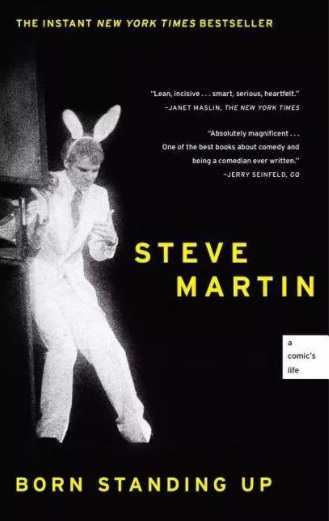
9. Born Standing Up by Steve Martin (2008)
Synopsis
Comic and actor Steve Martin chronicles his early years with his tense family life which steered him toward a career in the entertainment industry, first as a magician and later branching out into stand up comedy. But the longer he works as a comic, the more lonely and withdrawn he feels. Eventually, he walks away from standup altogether to pursue an even more successful and rewarding film career.
Notable Chapter
Martin finally reconciles with his father after years of estrangement. It's a cathartic moment that arrives before either of them comes to regret it.
How Starbucks Saved My Life Book Cover

10. How Starbucks Saved My Life by Michael Gates Gill (2007)
Synopsis
We all like stories about the underdog coming out on top, but how would we root for someone on top becoming an underdog? Michael Gates Gill manages to elicit this sympathy from the reader in his memoir about learning to be happy at the bottom.
The son of Brendan Gill, a writer for The New Yorker, and himself a creative director at J. Walter Thompson Advertising, Gill finds himself in his mid-60’s jobless, broke, and divorced. When he is (almost jokingly) offered a job working at Starbucks, he takes it and learns the value of hard, physical labor as well as the value of a class of people he never would have interacted with in his old life. By the end of the book, he considers working at Starbucks the best job he ever had.
Notable Chapter
Gill’s first day working the register is a nerve-wracking scene. You see just how complicated taking orders at Starbucks can be as well as how organization, timing, and following procedures are so critical to a successful day. Still, Gill comments on how friendly both his co-workers and the customers are to him and what a difference that makes in learning a job that he would have found otherwise impossible with his poor math skills and an admittedly pompous attitude to shed.
What are your favorite memoirs? Leave your answers in the comments below!




